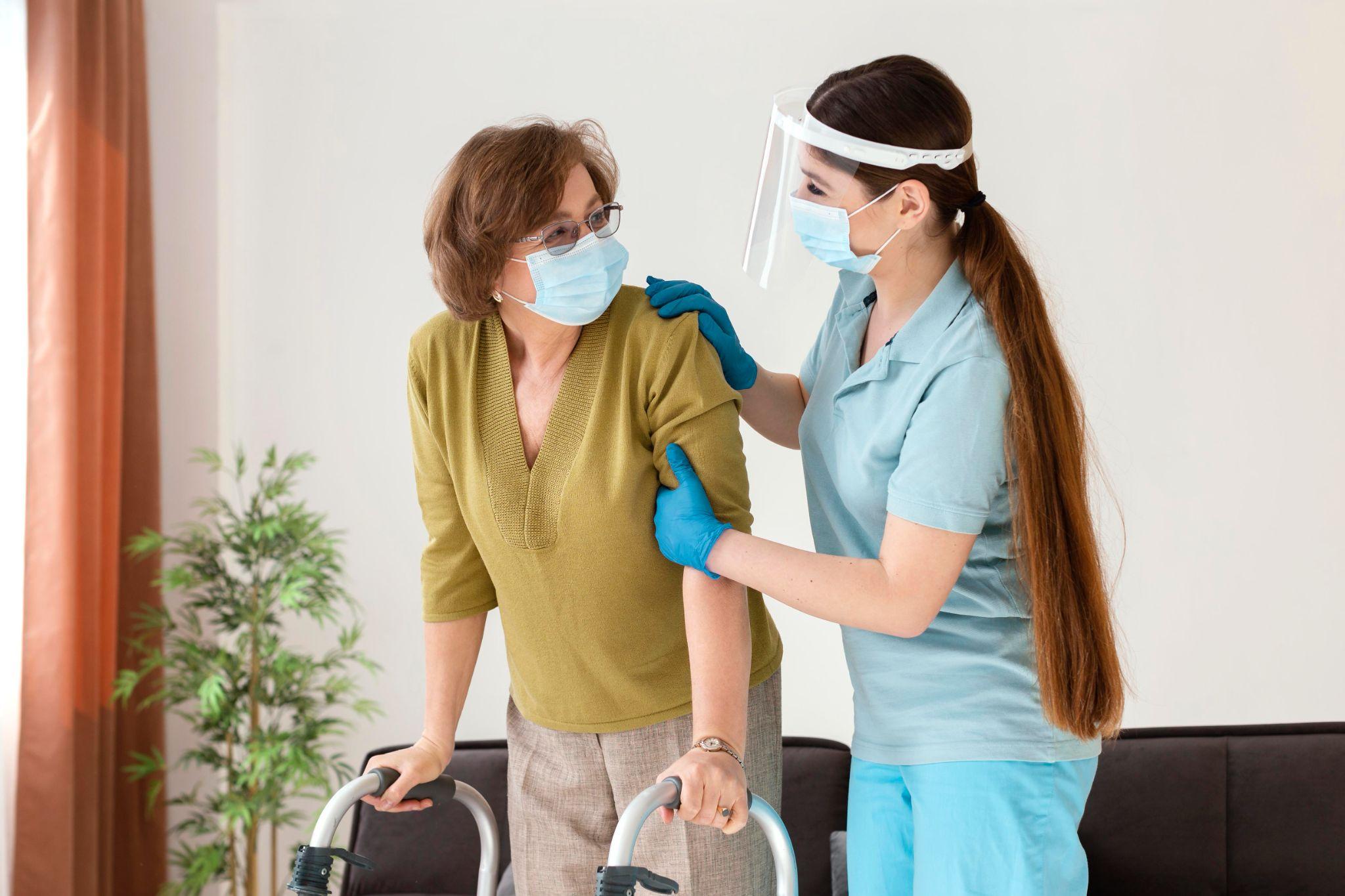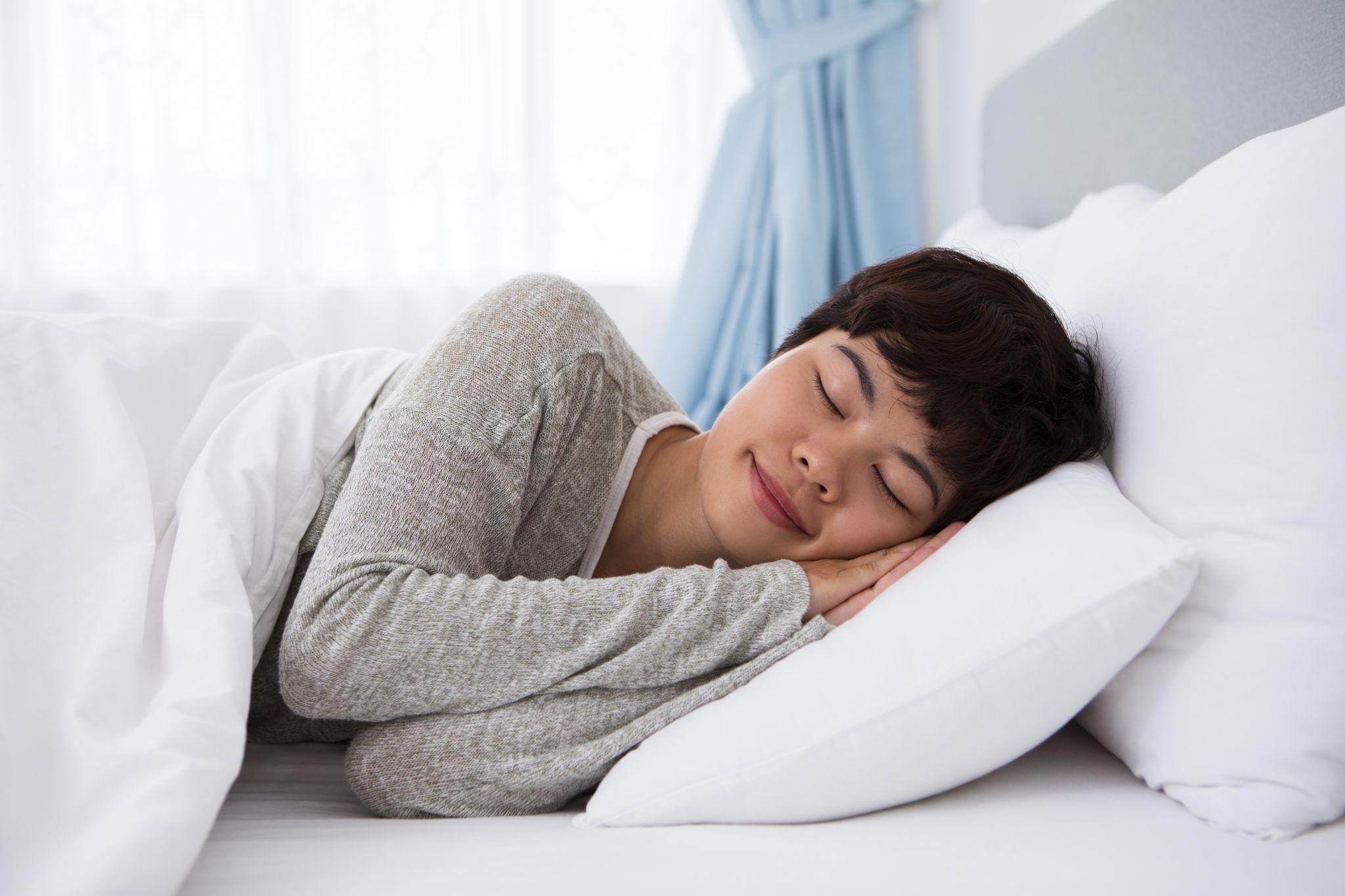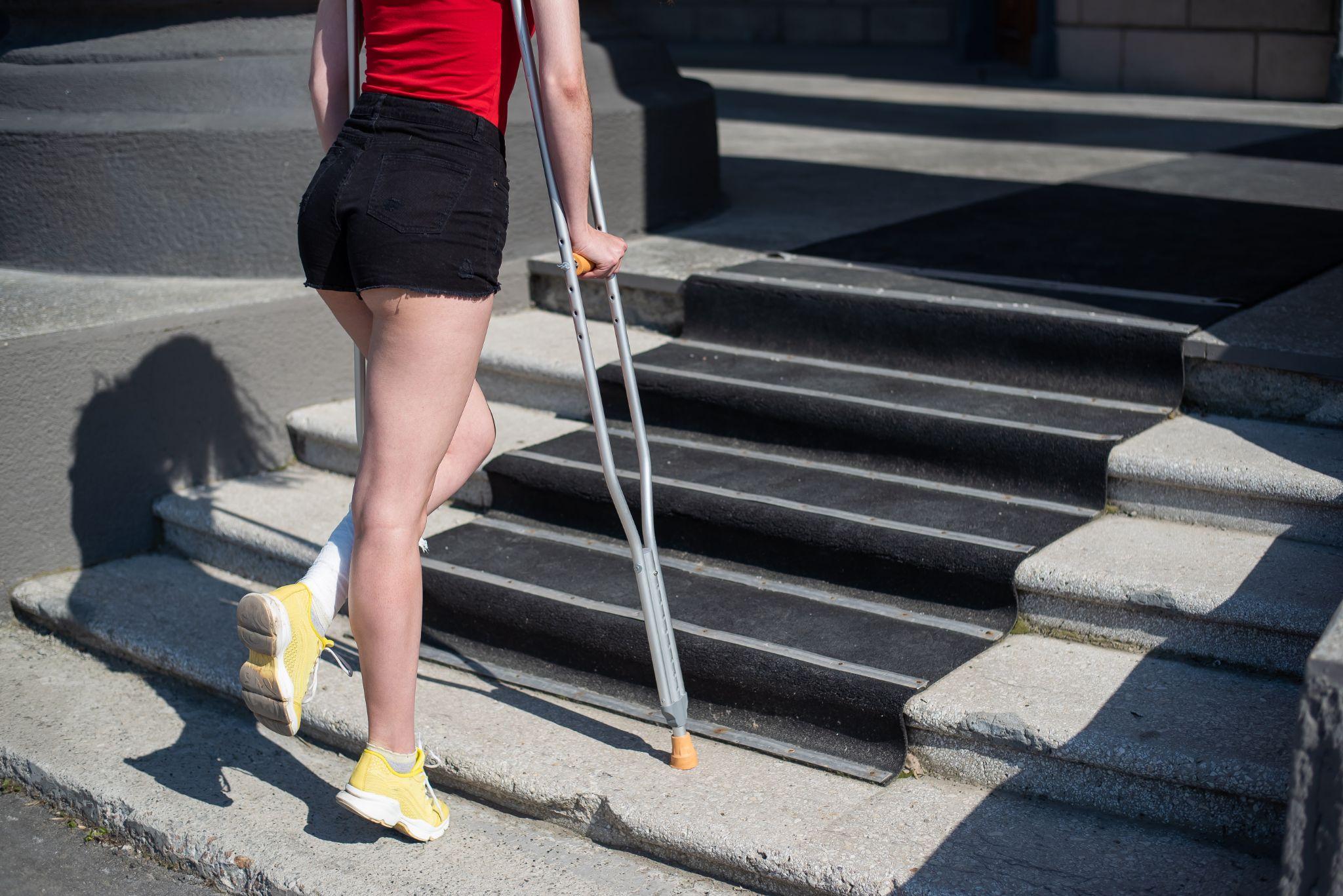Home Safety Checklist for Recovery After Post-Orthopedic Surgery

Clear all walkways and remove tripping hazards such as loose rugs, cords, and clutter to reduce the risk of falls during recovery.
Orthopedic surgery recovery, hip or knee replacement, fracture repair, or ligament reconstruction, never really stops when you're discharged from the hospital. The majority of your recovery, in fact, takes place at home. Throughout this time, your body is still delicate, your motion range is restricted, and even minimal peril can cause slips, stumbles, or strain that halt healing.
That is why home safety following orthopedic surgery is the top priority. A safe space not only allows you to move around freely but also accelerates your recovery. In this blog, we'll guide you through an easy, step-by-step to-do list to turn your home into a recovery-ready space. With minimal adjustments, you can recline, stay accident-free, and concentrate on recovery.
Understanding the Importance of a Safe Recovery Space
Your muscles, bones, and joints recover gradually following surgery. You may have swelling, stitches, or stiffness that restricts movement. Your balance will also be harder to maintain with the aid of devices like walkers, crutches, or canes, too. Tripping on a rug or bending down to lift something may hurt or injure you.
A recovery safety space avoids falls, reduces strain, and provides you with greater independence to move around on your own. Easy home adaptations, such as improved lighting, uncluttered floors, and secure furniture, can make daily routines much easier and safer. These adaptations not only aid in physical recovery but they also provide you with an added sense of security during your course of recovery.
Preparing Your Home Before Surgery
One of the most beneficial things that you can do to ensure your recovery will be smooth is to prepare your home in advance. A couple of days prior to your surgery, take a short while and get all of your stuff set up so it is in order when you get back. It's never wrong to have a family member or caregiver assist with the setup because they can relocate furniture and organize things that you may not be able to manage yourself down the road.
Begin by placing essentials such as your phone, charger, water bottle, medications, and remote control in easy reach of where you sleep. If your bedroom is upstairs and will be hard to access, set up a temporary sleeping area on the first floor. Hallways clear of tripping hazards, loose rugs removed, and neatened clutter. Hallway, bedroom, and bathroom adequate lighting is needed for seeing, particularly in the evening. Lastly, have a stable chair or recliner with armrests within reach for easy and safe sitting.

Set up a comfortable recovery zone with supportive seating, pillows, and easy access to water, remote controls, and reading materials.
Bedroom Safety Tips
Your bedroom will probably be your primary site of recuperation, so comfort and accessibility are paramount. Make sure your bed is at the correct height, your feet will be on the floor when sitting on the edge. Position a small bedside tray or table close by for such things as a glass of water, telephone, and medication.
Provide sufficient space around the bed to walk comfortably on crutches or a walker. Never have heavy rugs or mats that can slide and lead to falls. Providing a nightlight or motion-sensor lamp illuminates the way brightly for nighttime trips to the bathroom. These small changes amount to a big difference in having a peaceful and safe sleeping area.
Bathroom Safety Tips
Bathrooms are among the most dangerous locations to be in during the time of recuperation because slippery floors and wet ground favor slipping and falling. Having grab bars or handrails placed on both sides of the toilet and shower will give you the support that you require when sitting or standing. Put a non-slip rubber mat inside the bathtub or shower to prevent slipping, and put another one immediately outside to remain dry on your feet.
A shower chair will help you take a safe bath with no risk of losing balance. Keep your soap, shampoo, and towel within arm's reach to avoid reaching or bending. Dry floors and proper lighting after each use are also important to maximize safety and comfort.
Safety in the Living Room and Common Area
Your living room is where you will be spending most of your daily recovery, and it must be safe and cozy. Ensure clear paths and large enough for ease of access. Eliminate unnecessary furniture, wires, or rugs that can lead to tripping.
Position remote controls, books, and water where you can easily reach them from your primary sitting area to reduce unnecessary walking. Opt for firm, supportive, and armrest-equipped chairs where you can safely sit and stand. Steer clear of deep or soft couches where it is challenging to stand up from. Teach pets to remain calm and get out of your way when you walk, since they can inadvertently make you lose balance.
Precautions at Stairs
If your residence is multi-story, stairs are a concern. Handrails on each side of the stairway give additional stability. Ensure the stairs are lit and free from obstructions. Non-slip stair treads can also avoid slips.
Store commonly used items like clothes, medication, and snacks on the same level to prevent climbing. If possible, have an interim resting area on the ground floor for the initial weeks following surgery. This will prevent unnecessary straining and lessen the chance of falls.

Keep assistive devices nearby, such as walkers, crutches, or canes, as prescribed by your orthopedic doctor or physical therapist.
Assistive Devices and Mobility Aids
Following orthopedic surgery, proper use of an assistive device allows for easier and safer recovery. A walker, crutch, or cane can be used, with appropriate height and proper use according to your doctor's or physiotherapist's recommendation.
You can also gain from easy daily living devices such as a reacher or grabber device to pick things up without bending, a sock aid to have less difficulty putting on shoes, and a raised toilet seat to minimize stress following hip or knee surgery. These gadgets are tiny but make such a huge impact on obtaining comfort and independence throughout healing.
Medication and Emergency Safety
Special care of medicine must be taken during convalescence. All drugs prescribed must be kept in an easily accessible, well-labeled box or drawer in a cool, dry area. A simple chart or calendar may be used to monitor your doses and avoid skipping or doubling up.
It’s wise to keep a list of emergency contacts, including your doctor, hospital, and a nearby friend or relative, close to your bed or phone. Having a basic first-aid kit nearby ensures you’re prepared for minor issues without having to move much.
Conclusion
One of the greatest aids to effective orthopedic rehabilitation is a stable and well-organized home environment. Incremental change, toggling clutter, enhancing lighting, and employing supportive furniture can go far to prevent hazards and make your daily activities easier.
Remember, home safety not only prevents injuries but also builds confidence and speeds up healing. By making thoughtful adjustments and staying consistent with your routine, you’re setting yourself up for a smoother, pain-free recovery. A few simple changes at home can truly make the difference between a stressful recovery and a comfortable healing journey.
Frequently Asked Questions
Q1. Why is home safety so important after orthopedic surgery?
Since your mobility is restricted after surgery, even a little slip can affect healing and prolong recovery.
Q2. When should I begin preparing my home for recovery?
It's a good idea to begin doing some items a couple of days before surgery so everything is ready upon your return home.
Q3. What are the most prevalent home hazards following surgery?
Loose mats, slippery floor, dim lighting, and obstructed passageways are the most frequent causes of accidents.
Q4. For how long must I adhere to these precautions?
Keep doing this until your doctor or physiotherapist advises you to move by yourself and in a safe manner without assistance.
Q5. Can I live independently after orthopedic surgery?
If possible, have someone with you during the first few days or weeks based on how well you're recovering.